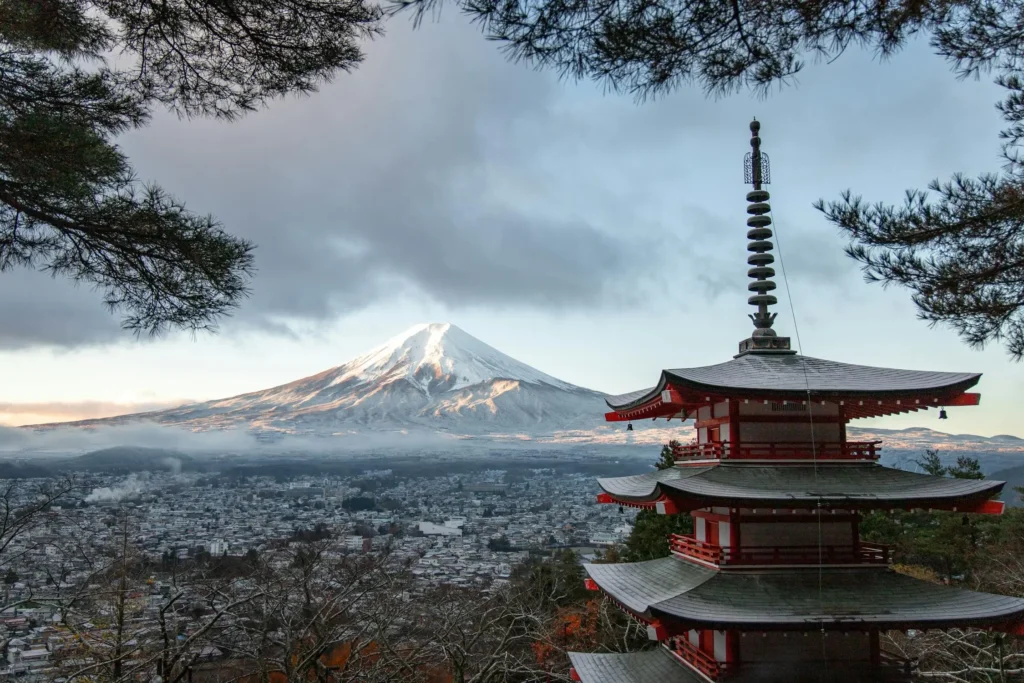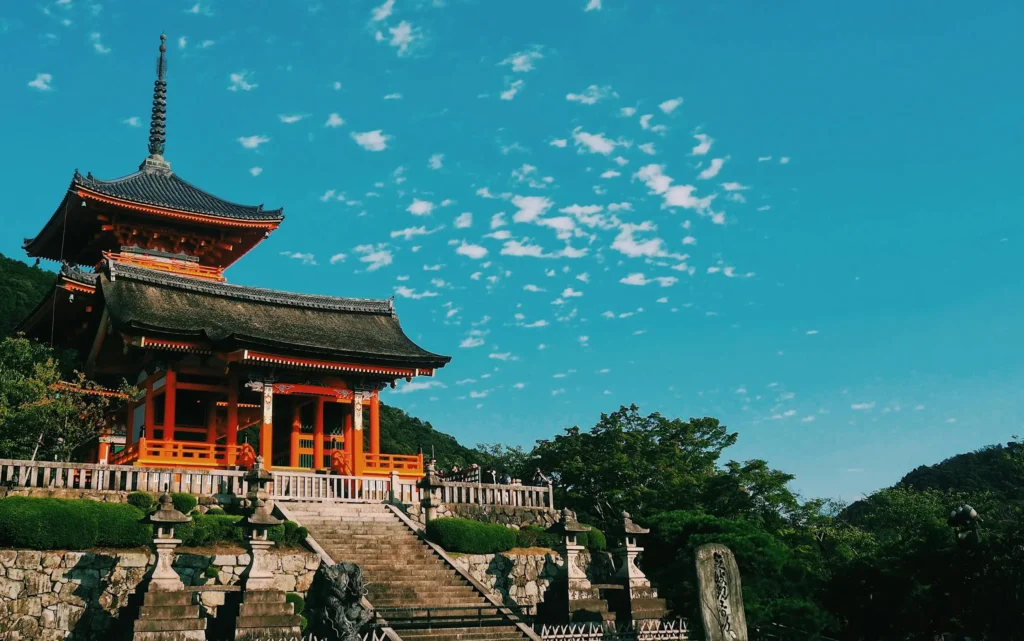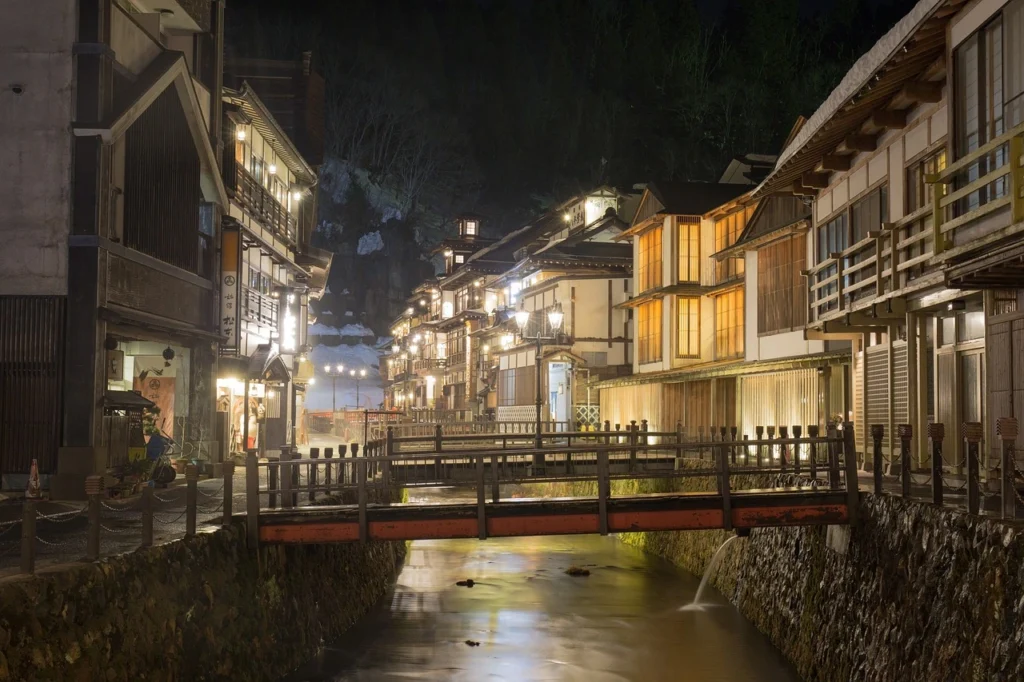Japan Travel Tips: A Guide for an Unforgettable Journey
Japan is a country of contrasts, where centuries-old traditions blend seamlessly with cutting-edge technology, and vibrant cities coexist with tranquil natural beauty. Whether you’re drawn to the neon lights of Tokyo, the cultural richness of Kyoto, or the natural beauty of Hokkaido, Japan offers experiences that captivate every traveler. To make the most of your trip, here are essential for Japan travel tips on etiquette, planning, dining, and navigating this fascinating country. From preparation to the little things that make a big difference, these insights will help ensure a smooth and enjoyable journey.
1. Preparing for Your Trip to Japan
Best Time to Visit Japan

Japan’s weather varies greatly by season, making timing an important consideration for travelers:
- Spring (March to May): Known for cherry blossoms, or sakura, spring is one of the most popular times to visit. Cities like Tokyo and Kyoto are filled with beautiful pink blooms, but note that crowds are substantial.
- Autumn (September to November): Fall colors, especially in areas like Nikko and Kyoto, make this another highly scenic time to visit.
- Summer (June to August): Summers can be hot and humid, especially in Tokyo, but this season is ideal for exploring Hokkaido’s cooler landscapes.
- Winter (December to February): Japan’s winter offers fantastic skiing opportunities in Hokkaido and Nagano. Cities like Sapporo host impressive winter festivals, while hot springs, or onsen, are particularly enjoyable in colder weather.
Visa and Entry Requirements
Japan offers a visa-free entry for short-term tourists from several countries, including the US, UK, and EU nations. However, it’s essential to verify visa requirements as these can change. For stays beyond 90 days, you may need a visa. Have your passport ready and filled out immigration forms upon arrival to expedite the process.
2. Understanding Japanese Etiquette
Politeness and Respect
Japanese culture values respect and politeness. Here are a few critical points to remember:
- Bowing: Bowing is customary in Japan for greetings, showing gratitude, and saying farewell. It’s a polite gesture that replaces handshakes in most situations.
- Speaking Quietly in Public Spaces: Keeping noise levels down on public transport and in public places is a sign of respect. It’s especially important to avoid speaking loudly on trains.

Dining Etiquette
Dining customs can vary, but here are the essentials:
- Use Chopsticks Correctly: Avoid sticking chopsticks upright into rice, as this is associated with funerals. It’s also considered rude to pass food directly from one person’s chopsticks to another.
- Slurping is Encouraged: In Japan, it’s customary to slurp noodles loudly, which shows appreciation for the food.
- Tipping is Not Necessary: Tipping is not a common practice in Japan, and in most cases, it’s actually refused. Good service is expected, and your payment includes everything.
3. Essential Tips for Getting Around Japan
Public Transportation
Japan’s public transportation is renowned for its punctuality, cleanliness, and efficiency.
- Using the Japan Rail Pass: For tourists planning to explore multiple cities, the Japan Rail Pass (JR Pass) can be a valuable investment. It allows unlimited travel on JR trains, including bullet trains (Shinkansen), at a fixed price.
- Navigating Tokyo’s Metro System: Tokyo’s subway can seem complex, but it’s one of the most efficient ways to get around the city. Apps like Google Maps or Hyperdia can help navigate the intricate system.
- Taxis and Buses: Taxis are clean and reliable, though they tend to be more expensive than public transport. Buses are widely used in cities like Kyoto, but note that payment is typically made when disembarking, and having exact change or an IC card can simplify the process.
IC Cards: PASMO and Suica
PASMO and Suica cards are rechargeable travel cards accepted on most trains, buses, and even some vending machines. They’re convenient for travelers looking to avoid buying individual tickets for every ride. Suica and PASMO can also be used in convenience stores and other places.
4. Accommodation Options in Japan
Japan offers a diverse range of accommodation, from traditional inns to modern hotels.
Ryokan (Traditional Japanese Inns)
Staying in a ryokan provides a taste of traditional Japanese hospitality:

- Features: Guests sleep on futons laid out on tatami mats, and many ryokan include hot spring baths and multi-course meals.
- Etiquette: Wear provided yukata (a casual kimono) and slippers within the ryokan, and follow bathing etiquette when using shared hot springs.
Capsule Hotels
Capsule hotels are unique to Japan and are ideal for budget-conscious travelers or those wanting a novel experience. Each “capsule” offers a compact space with basic amenities, and some capsules even come with entertainment features.
5. Dining in Japan: Must-Try Dishes and Customs
Popular Japanese Dishes
Japanese cuisine is diverse, with every region offering unique specialties. Be sure to try:
- Sushi and Sashimi: Fresh, quality sushi is available everywhere, from high-end sushi bars to conveyor belt chains.
- Ramen: Different regions boast unique ramen variations. Don’t hesitate to try everything from pork-based tonkotsu to miso ramen in Hokkaido.
- Tempura: Crispy, deep-fried vegetables and seafood, tempura is a staple in many restaurants.
Vending Machines and Convenience Stores
Japan’s vending machines are known for their variety. Dispensing everything from hot coffee to canned soup. Convenience stores like FamilyMart and 7-Eleven are also highly regarded for fresh and inexpensive meals, snacks, and drinks that can be easily grabbed on the go.
6. Essential Tips for Staying Connected
Wi-Fi and Mobile Connectivity
Wi-Fi is widely available in urban areas, but purchasing a pocket Wi-Fi device or a SIM card upon arrival is recommended for constant connectivity, especially for navigation and translations. Most major airports offer rental services.

Using Translation Apps
While many Japanese people in larger cities speak some English, it can be challenging in smaller towns or rural areas. Google Translate or specific Japanese-English translation apps can help you understand signage and communicate with locals.
7. Cultural Experiences You Shouldn’t Miss
Onsen (Hot Springs)
Japan’s onsen culture is an experience unlike any other, with hot springs scattered across the country. When visiting an onsen:
- Follow Bathing Protocols: Wash and rinse thoroughly before entering the communal baths. Swimwear is typically not allowed, as onsens are enjoyed nude.
- Tattoo Policies: Some onsens restrict entry for individuals with tattoos, but there are tattoo-friendly onsens and private bathing options.
Festivals and Seasonal Events
From the cherry blossom festivals in spring to the Gion Matsuri in Kyoto, Japanese festivals are vibrant and reflect deep-rooted cultural traditions. Attending a festival can be a highlight of any trip, offering insight into the unique customs of each region.
Conclusion: Making the Most of Your Trip to Japan
Japan’s charm lies in its harmonious blend of the ancient and modern, the serene and the bustling. By understanding the etiquette, embracing the culture, and planning with some local insight, your trip can become more immersive and fulfilling. Whether it’s navigating the fast-paced life in Tokyo, finding peace in a traditional ryokan, or marveling at the seasonal beauty in the countryside, Japan has something unique for every traveler. Plan well, embrace the culture, and enjoy the adventure Japan is a country that promises memories for a lifetime.
